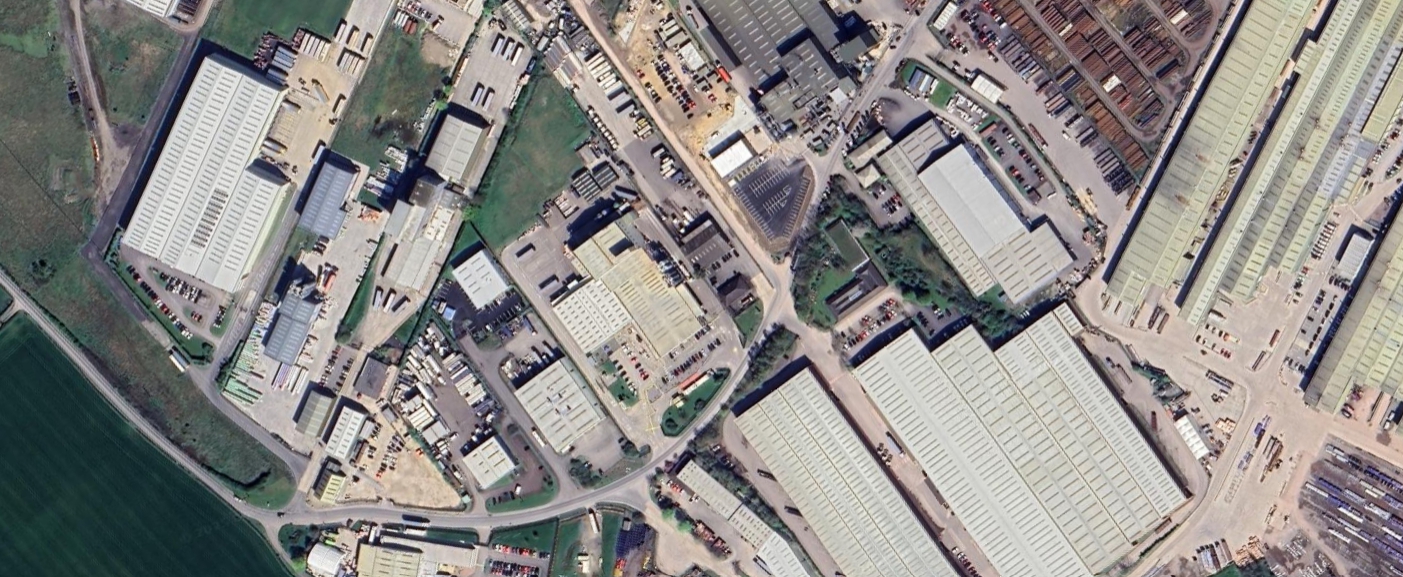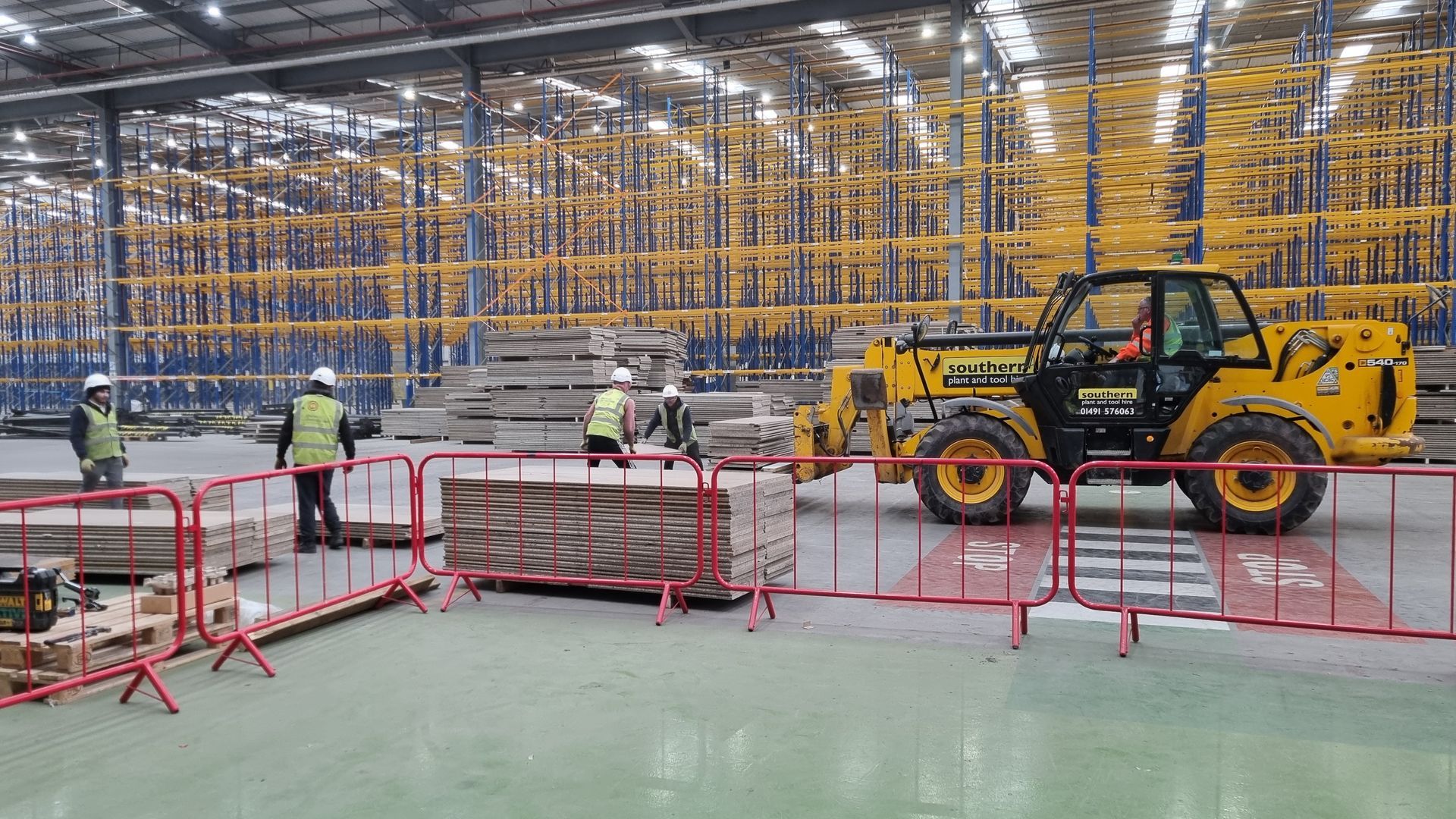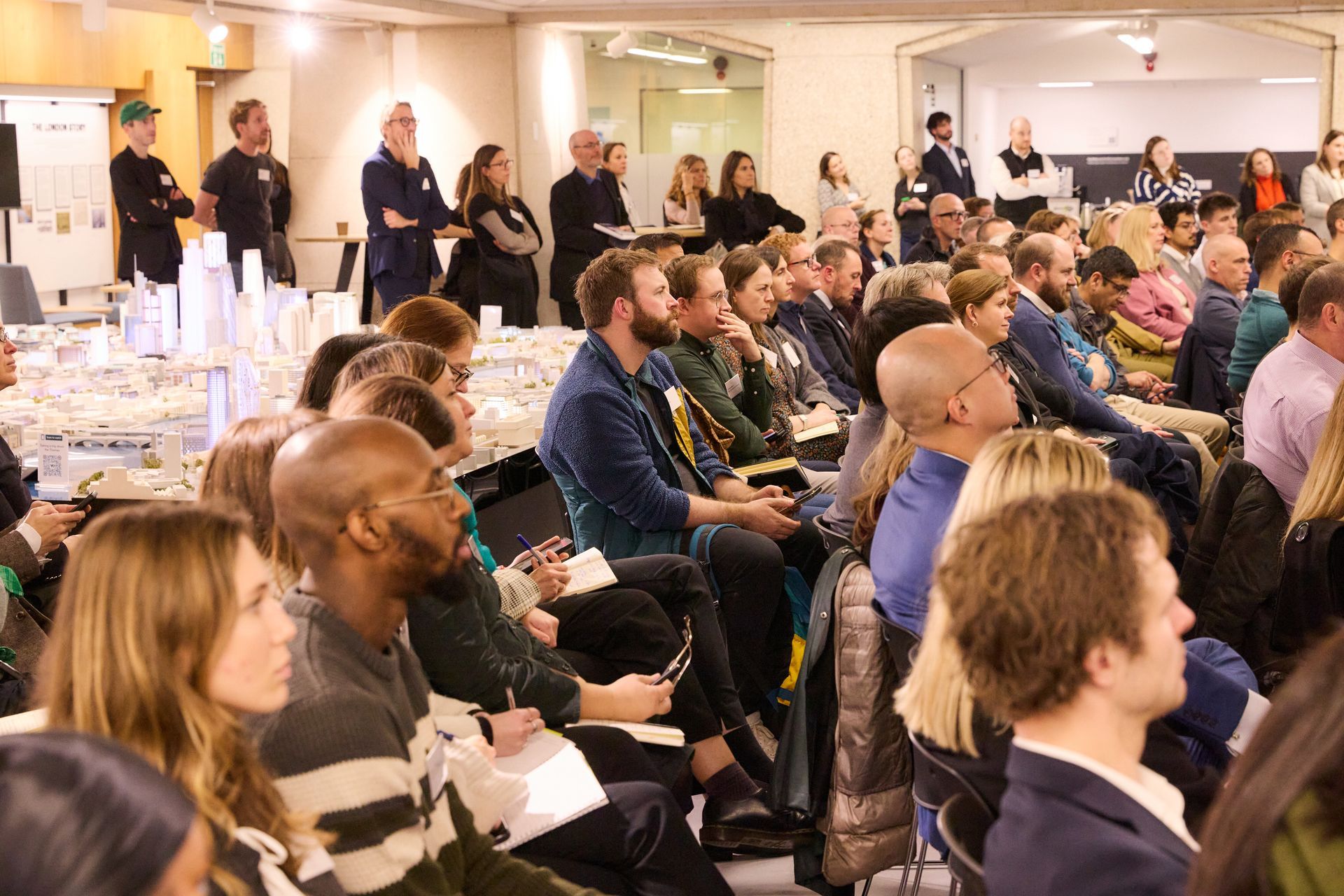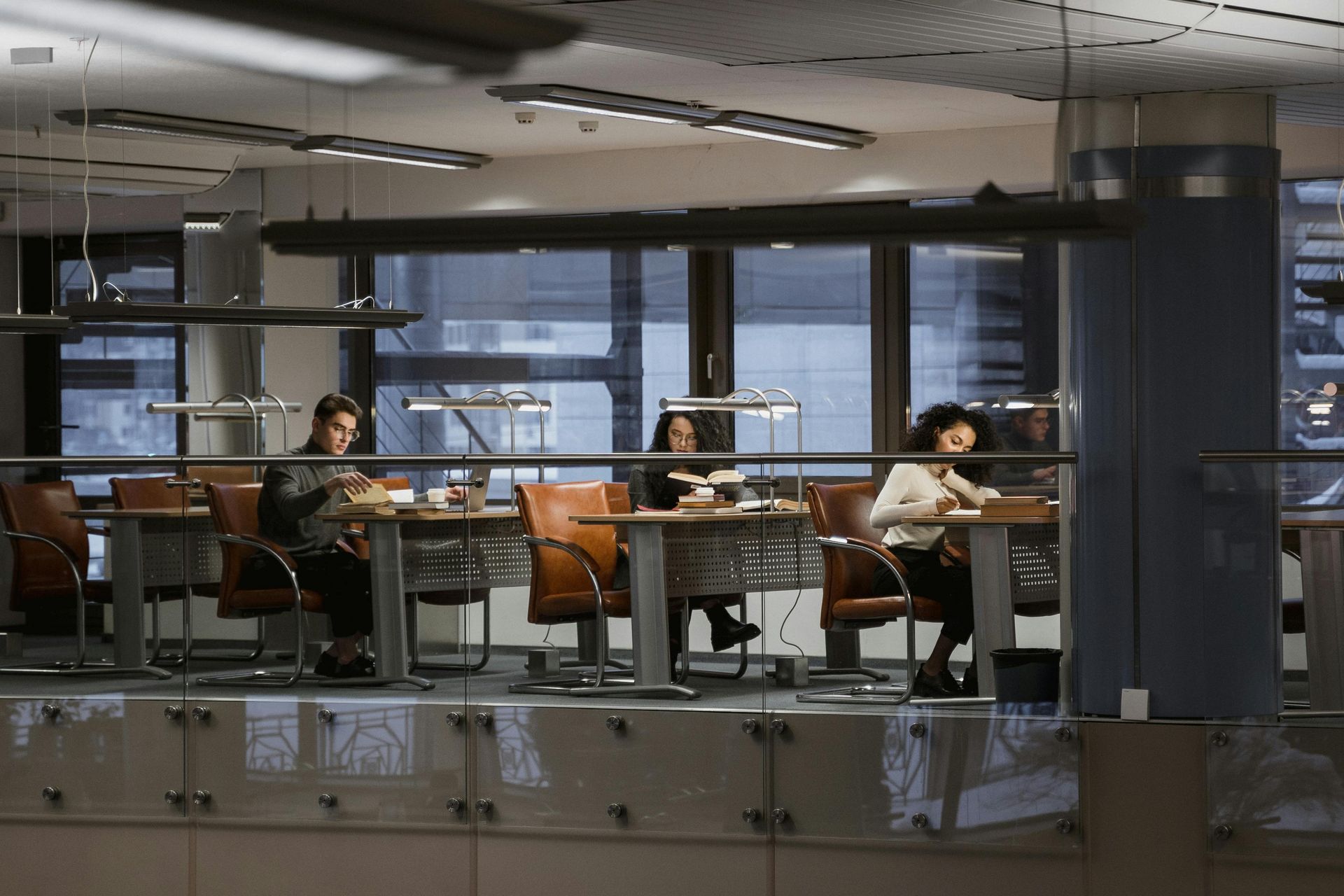Circularity for Social Housing – Refurbishment v Demolition and the PreaDeM Project
PreaDeM (Pre-demolition environmental assessment and Decision-Making) is a project supported by Innovate UK under the NICER programme – National Interdisciplinary Circular Economy Research. It aims to help the social housing sector realise better circularity outcomes when considering whether to demolish or refurbish homes. The project partners hosted an event on May 26th to provide an update on developments within the project and outline plans for the future.
Typically, there is little information available to help social housing providers and their advisors make considered judgements of the impact of demolition v refurbishment in carbon and other terms. A Pre-Demolition or Pre-Refurbishment Audit can help with this, but the process is often time consuming and labour intensive. Also, audits are often done too late in the project, meaning decisions are often taken too late to have maximum impact.
A key objective of PreaDeM, therefore, is to develop a smarter way to quantify what is there, for example using more state of the art technology, combined with detailed specification information and assumptions to determine what can be extracted for reuse and recycling and help with embodied carbon assessments.
This webinar presented the findings of the project as it comes to the end of its Innovate UK funding. It explored how UK social housing typologies and publicly available data can be used to feed into a decision-making tool that is being developed by the project team, and show how new technology and thinking can improve the efficiency, accuracy and value of audits and assessments.
Circularity for Social Housing
Katherine Adams of Reusefully opened proceedings and provided an introduction to circularity for social housing. She explained how the event was the culmination of the year long project for PreaDeM, designed to better understand the materials in a built asset and how those should be managed, whether that be retained and reused, refurbished or demolished.
Social housing was chosen as the focus because of the long-term interest that owners and managers have in those assets, as well as the important social role that the sector plays.
The core of the project was a feasibility study into how you could generate an automated ‘bill of quantities’ which will help better decision making when weighing up refurbishment and demolition. The construction and housing development sector remains extremely wasteful, accounting for around half of total waste produced in the UK.
Being more circular is about increasing the productivity of the materials we use, by doing the same or more with less. It is about thinking in systems, and not just considering reuse or recycling, and maintaining the value of materials and avoiding downcycling. Carbon, including embodied carbon, is a key factor and there is a strong link with circularity. Generally if we use less materials we will emit less carbon. The development of pre-demolition audits to support material reuse is a welcome development. Often these are driven by planning requirements, especially in London now where major developments are required to produce a Circular Economy Statement and a related pre-demolition audit.
Improving Pre-Demolition Audits
Toby Balson, of Cambridge Sustainable Design and a PreaDeM partner, explained the rationale behind trying to improve the process of a pre-demolition audit, its current shortcomings and what can be done to overcome these shortcomings. A pre-demolition audit should be focused on the opportunities to turn potential waste into a usable resource. However the audits can be quite an intensive and at times challenging activity, accessing buildings and being able to accurately identify and quantify materials is not always straightforward. Many buildings, and especially in social housing, often do not have readily available plans and other useful information (condition surveys for example), and there can be restrictions on taking photographs and measurements.
A further problem can be that the results of an audit can sometimes be produced too late to have an impact on the design process and consideration of the strategic options for redevelopment. The PreaDeM project, therefore, is looking to automate the process of an audit, leveraging existing datasets (many not previously considered within the framework of the auditing process) and allowing much faster and earlier assessments to be undertaken.
Methodology
Ben Cartwright of Reusefully explained how PreaDeM’s methodological framework has been developed to take more account of carbon impacts, and also to use the outputs to feed into material reuse websites.
PreaDeM has developed a draft data model which builds up information on individual material components, allowing you to assign potential reuse value of that material. Combinations of components are then added together to produce a model for a whole building or buildings. There is then automated analysis and reporting that allows you to do scenario modelling whether you are planning to refurbish or demolish the building. You can even compare this with a ‘do nothing’ scenario.
Within PreaDeM, Ben explained how the developing methodology was trialled on a number of social housing sites throughout the UK, aiming to cover a range of social housing typologies. During these trials, the team also tested the feasibility of using new technology such as 3D scanning devices which could dramatically reduce the amount of time needed to be spent on site.
Using Public Data
Rob Flynn of Sustenic, who were also a PreaDeM partner, showed how a big part of PreaDeM is focused on bringing in publicly sourced information such as data from Energy Performance Certificates and Ordnance Survey. Rob’s team have trialled the use of this data within a pre-demolition audit data model, in some cases filling the gaps in information that is missing. The possibility of developing a web-based tool was explored.
The use of this public data provided positive results in terms of improved efficiency and accuracy, and perhaps crucially provided an opportunity for initial strategic assessments to be undertaken even before a site visit is carried out.
In the mock-up of the tool that Rob presented, you can see how simple summary comparisons of refurbishment v demolition can be provided. The draft tool will also calculate vehicle movements, or reductions in vehicle traffic, that can be achieved by reuse on-site, as opposed to demolition and removal.
Shifting Perspectives and Mindsets
Athina Stylianidi of London-based architecture and interior design practice Jestico + Whiles, who have provided support throughout the PreaDeM project, provided the final presentation. She explained how, over the last few years there has been a shift in the way we think about the regeneration of existing housing estates and master planning. Whereas fifteen years ago the main option on the table would have been to demolish existing buildings with the aim of eradicating problems (such as unsafe environments and poor quality buildings) nowadays the first act is to look at the existing building stock and how this can be integrated into a new vision.
In most scenarios early whole life carbon and even cost assessments between a retrofit and a new build option will show the benefits of a retrofit approach. However, as with everything in architecture, and even more in urban design, many more parameters need to be taken into consideration and carefully balanced before we decide what the best approach is.
These can include environmental parameters such as air quality, noise and climate issues, urban grain and public realm issues such as illegibility of places, lack of connections and other urban failures that give ground for anti-social behaviour, and the need for more homes. Building performance, spatial standards and human wellbeing are also important factors to consider.
Circularity principles, she said, are a newer and evolving parameter, and could be a great option where demolition cannot be avoided for all the above reasons. If a complicated process of estimating existing materials and assessing them could be streamlined and embedded in every project this would bring transformative benefits.
Katherine Adams of Reusefully summarised the session by remarking on how little awareness and understanding there was of embodied carbon, and how a tool such as PreaDeM could help with that. She reflected on the multitude of factors affecting decisions to refurbish or demolish. Circularity and carbon are important, but you have to also consider social factors and financing. However the PreaDeM project has shown how automated data collection is feasible, and can significantly improve the understanding and value of a more circular approach to the development and provision of social housing.
If you would like to get involved with the future development of PreaDeM, or simply want to stay in touch with the project, you can get in touch via the CONTACT form above.



Digital Meets Deconstruction : Maconda and Reusefully Unite to Drive Circular Construction in London



